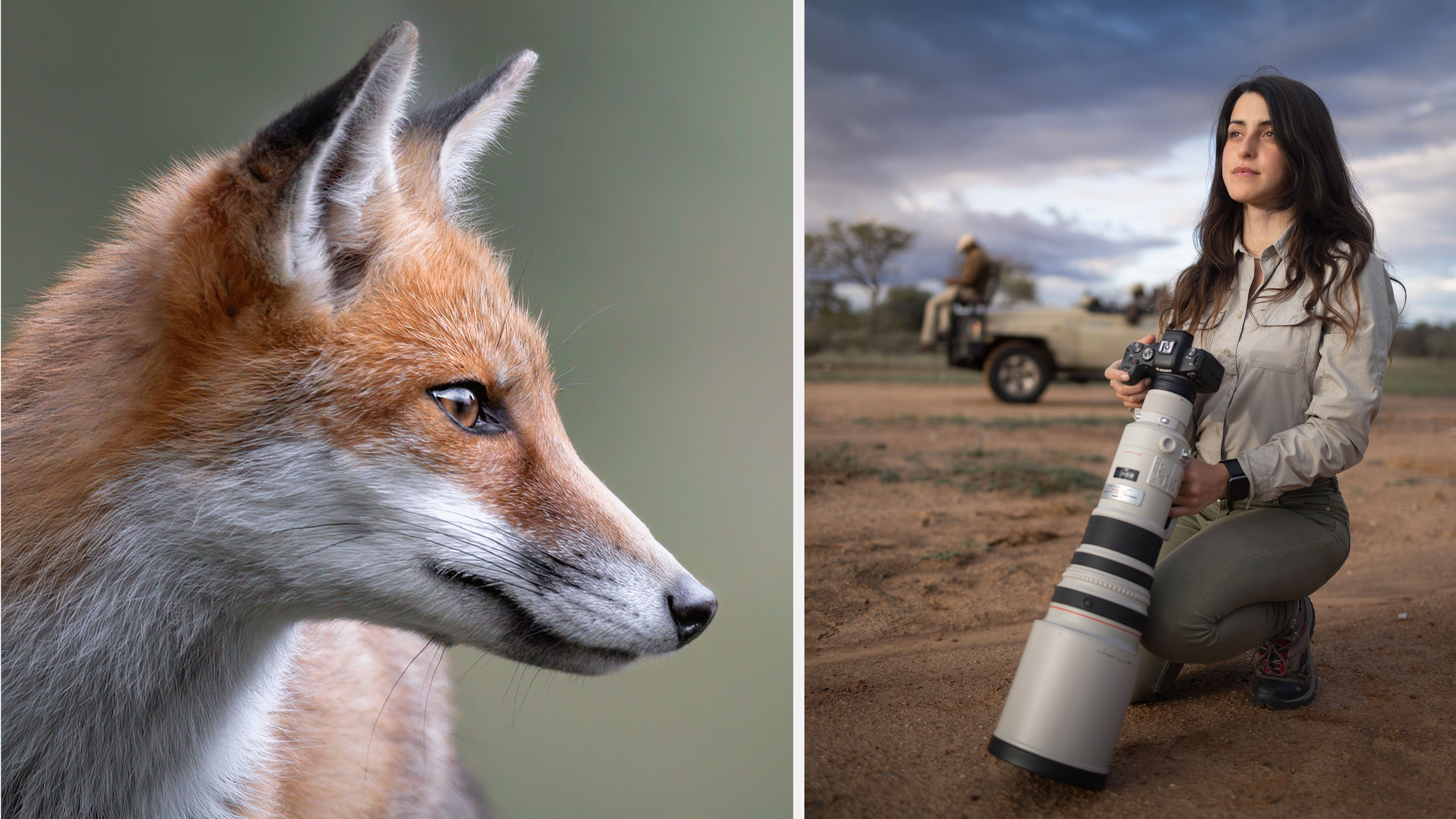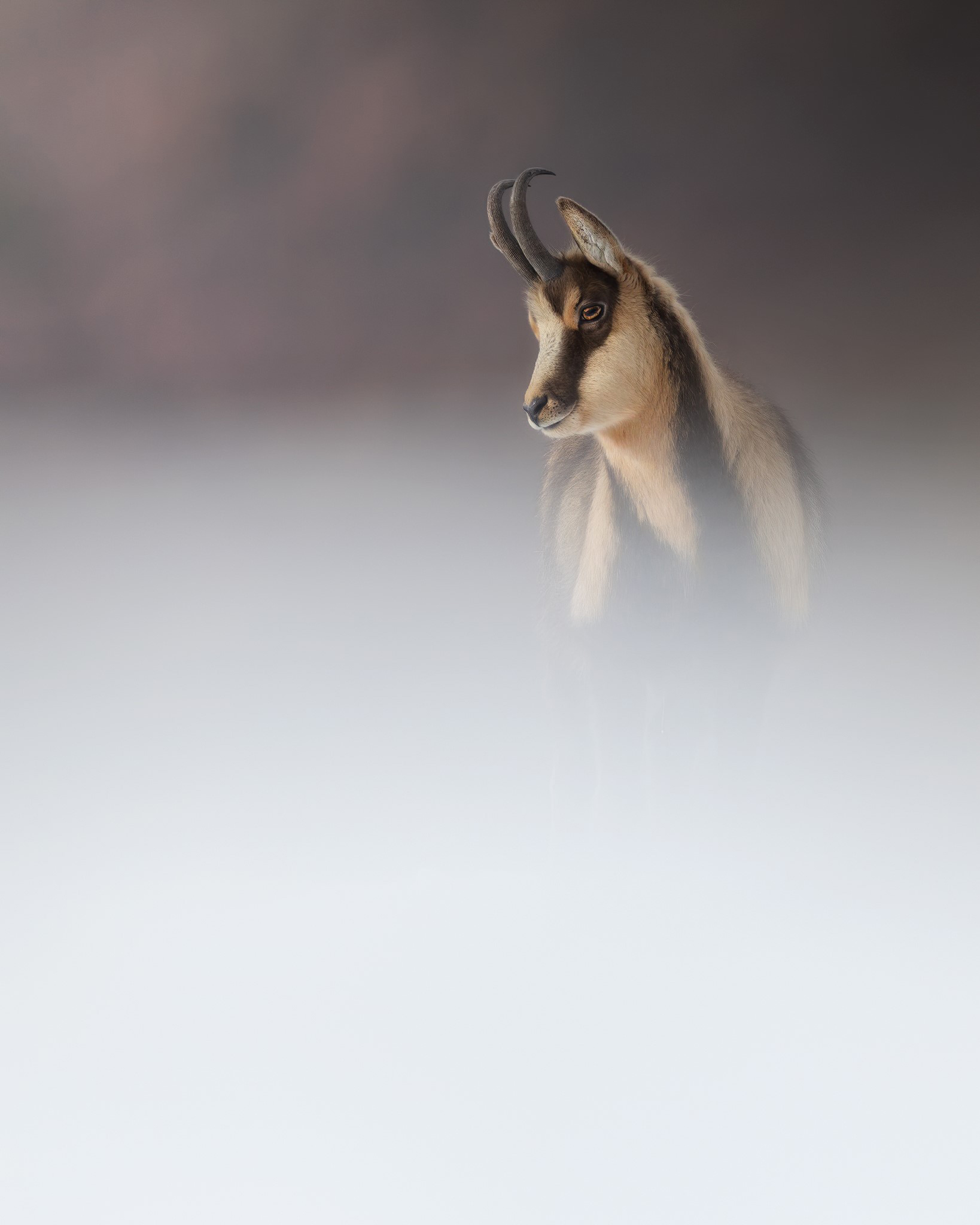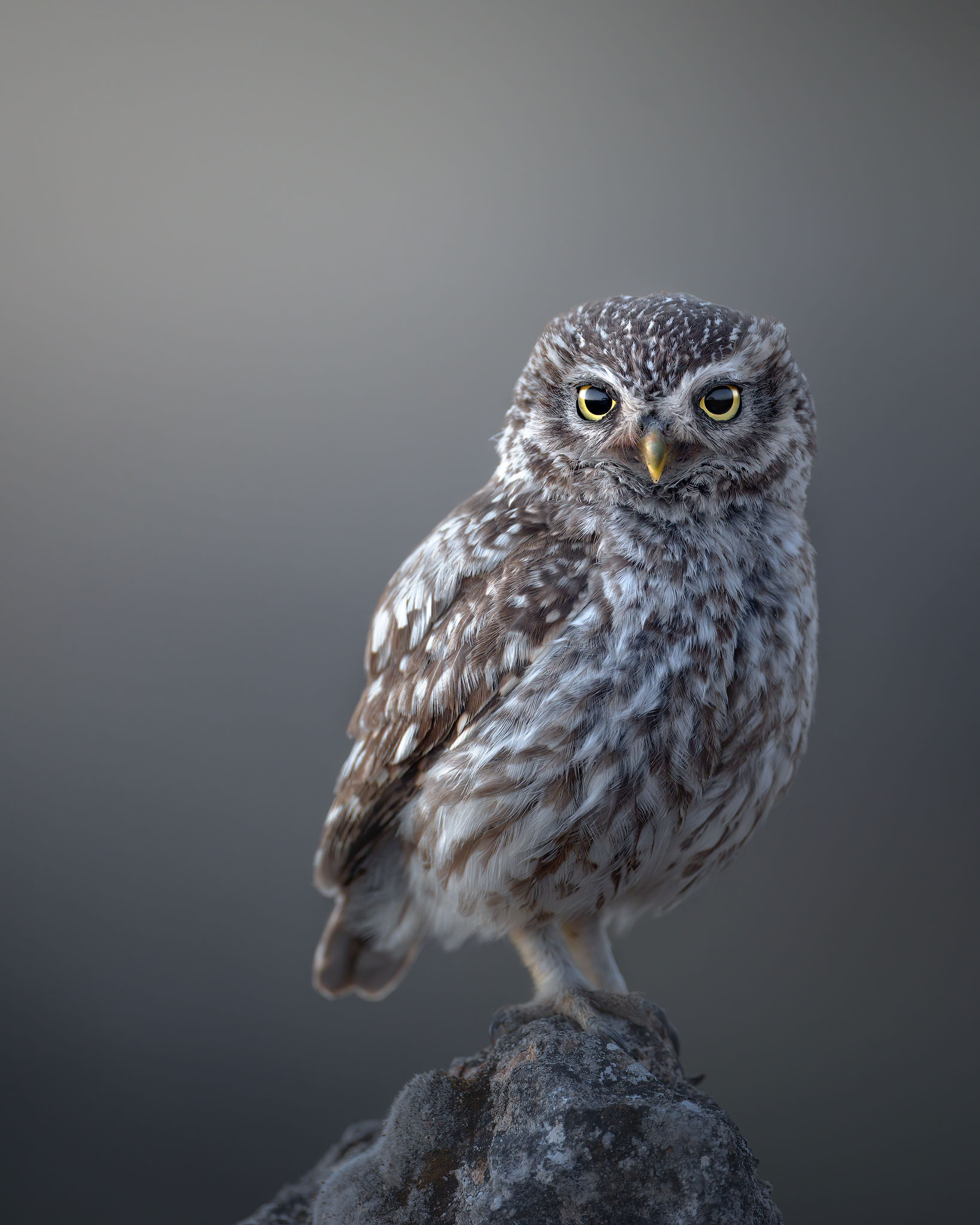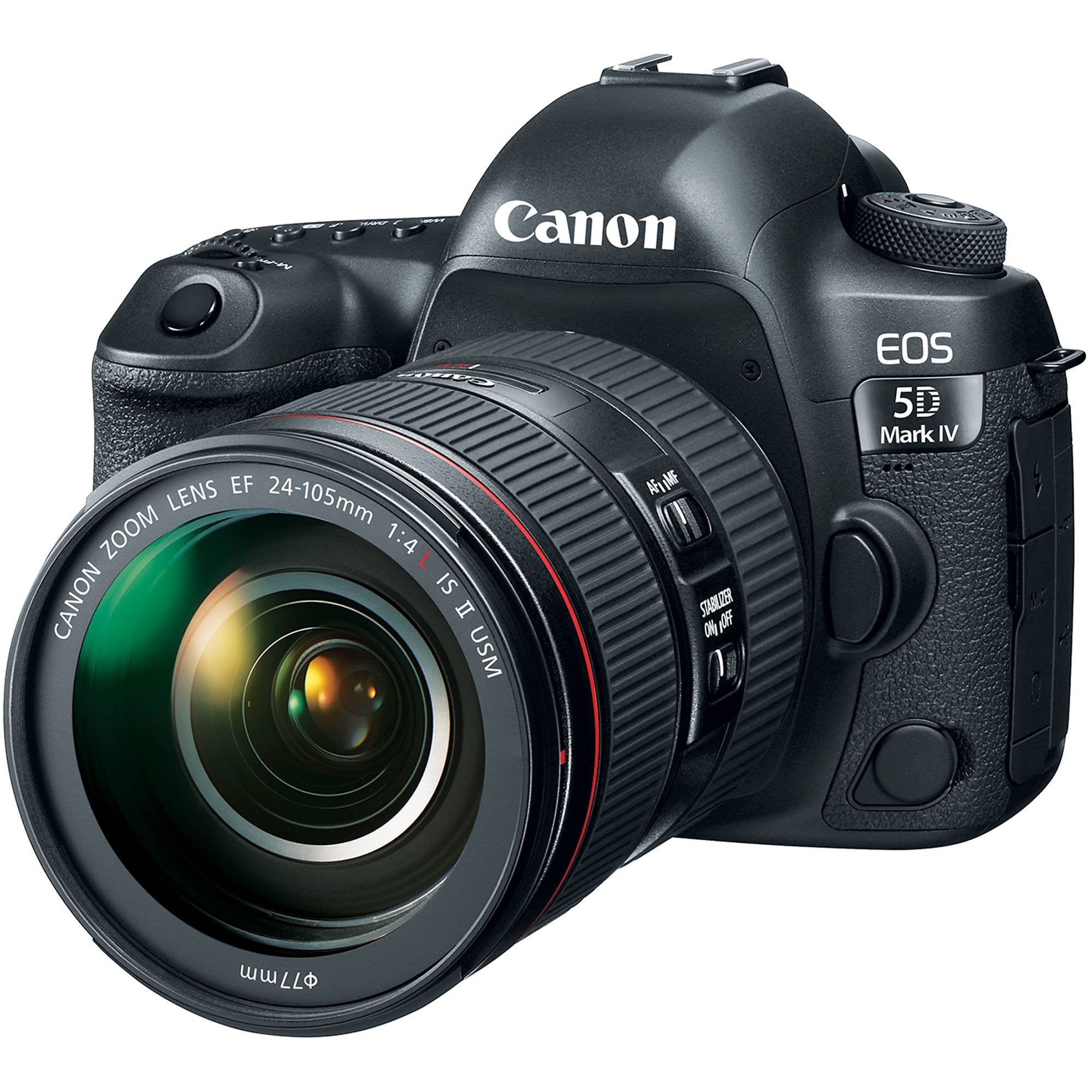Wildlife photographer Sharon Vanadia shares her story and Canon camera setup
Italian wildlife photographer and doctor of environmental biology Sharon Vanadia shares her background and Canon camera gear

Wildlife photography is a rich and rewarding genre that gets you out into nature through all of the seasons. It often requires grit, bags of patience, skills honed over many years and the right camera equipment too – think the best camera for wildlife photography and the best telephoto lenses.
We recently caught up with Sharon Vanadia, an Italian wildlife photographer and doctor of environmental biology, working in biology, biodiversity and ecosystem management. She holds numerous photographic-naturalistic workshops and tours around the world and often works with her colleague Michele Bavassano to organize tours, workshops and editing-production courses.
She tells us her story, how she got into wildlife photography and videography as well as the essential pieces of camera equipment in her kit bag that make her photos possible. To see more of her lovely work, check out her Instagram.
• Read more: Best Canon cameras
"I caught the photography bug when I was about 14 years old, although it’s only recently that I’ve been able to turn my two greatest passions in life – photography and conservation – into a full-time job.
"I’m from Rome, which is where I graduated in biology, specializing in biodiversity and the management of ecosystems in 2021. Behind all of my photos, there are often many years of hard work and research to get me to the point where I can take the final image you see."







"Mother Nature is unpredictable and it’s often the case that I venture out on a photo session for many, many hours only to return empty-handed. However, I’m determined and I love the challenges that wildlife photography brings – it’s what spurs me on to keep trying until I catch what I’m looking for. When you’re taking pictures of wild animals, you never get bored as something unpredictable will happen when you least expect it.
The best camera deals, reviews, product advice, and unmissable photography news, direct to your inbox!
"I like to keep my editing very light because I want the images to remain as realistic and accurate as possible. When I edit the Raw files, I mainly focus on emphasizing lights, shadows, contrasts and colours already present naturally without changing the conditions in which I took the photograph.
"Through my photos, I hope to show the beauty that our planet offers us, so as to be able to sensitize people about the respect that each of us must have for nature and animals."
1. Canon EOS 5D Mark IV
"This was my first professional camera body. I used it in all conditions – in the sun, in the rain, in the mud – and it has always given me great results. Even though I use it much less now after upgrading to the EOS R6, I always carry it with me as my backup body. I love the rendering of the Raw files and the quality of the images, especially for the management of colors in photo editing software."
2. Canon EOS R6
"I use this EOS R6 mirrorless body the most now. Once you’ve tried eye detection AF, it’s hard to go back! The EOS R6’s animal face and eye detection is amazing for locking on to and tracking an animal’s eye to make sure it’s pin-sharp, and it never lets me down, meaning I can concentrate on other important things like settings and composition. The silent shooting also really makes a difference for taking photos of wild animals."
3. Canon EF 500mm f/4L IS USM
"The EF 500mm f/4L IS USM is a new addition to my kit bag. I previously used zoom lenses, which I love, but the yield of fixed lenses is much higher. I especially like the bokeh effect of this lens and the way the subject stands out against the background blur. Today, I use it on both the Canon 5D Mark IV, and the Canon EOS R6 via an EF-EOS R adapter."
4. Canon RF 100mm F2.8L Macro IS USM
"This lens is another recent addition, which I bought specifically for my latest trip to Costa Rica, for incredible close-ups of colourful frogs and snakes. I can’t wait to go back to take more macro photos with this lens! The blur given at the widest f/2.8 aperture and the sharpness of the subjects in the foreground are both excellent."
5. Tamron SP 150-600mm f/5-6.3 Di VC USD G2
"I took my first wildlife photos with this lens and it holds a special place in my heart because I’ve taken so many memorable photos with it. It’s a versatile and light lens, suitable for many wildlife scenarios. I love zoom lenses, because you never know whether the animals will be near or far, or what movements they will make, and I can zoom in or out quickly as necessary."
6. Rode VideoMic NTG
"In recent years, in addition to wildlife photography, I have also become very passionate about video recording. Animals and nature are amazing, and sometimes recording videos enables you to capture incredible moments and behaviors. Thanks to this microphone, I have the possibility of recording sounds as well, especially birdsong or the background sounds of nature."
• This is the best microphone for filmmaking
PhotoPlus: The Canon Magazine is the world's only monthly newsstand title that's 100% devoted to Canon, so you can be sure the magazine is completely relevant to your system. Every issue comes with downloadable video tutorials too.

In addition to being a freelance photographer and filmmaker, Dan is a bona fide expert on all things Canon and Adobe. Not only is he an Adobe-certified Photoshop guru, he's spent over 10 years writing for specialist magazines including stints as the Deputy Editor for PhotoPlus: The Canon Magazine, Technical Editor for Practical Photography and Photoshop Editor on Digital Photo.
- Lauren ScottFreelance contributor/former Managing Editor







